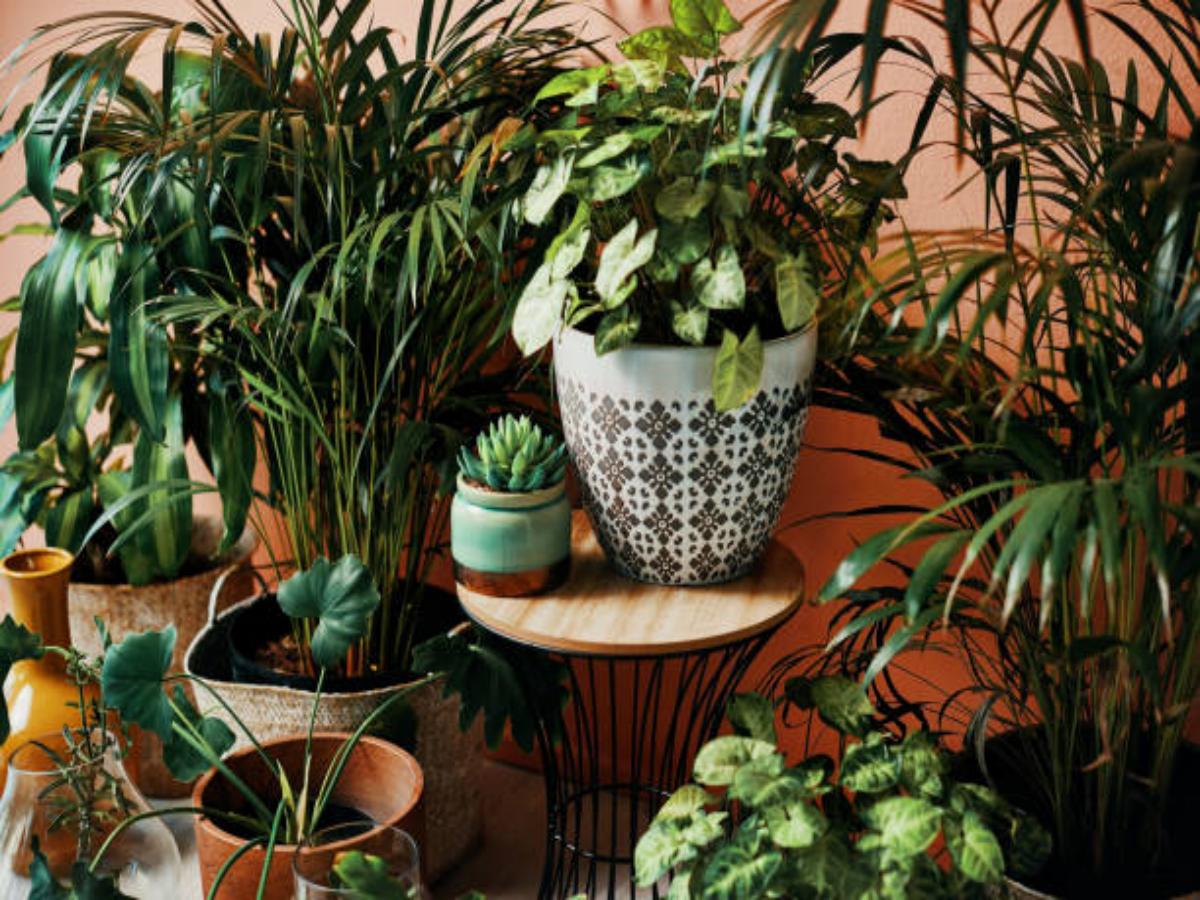The Versatility and Benefits of Clay Terracotta Pots for Plants
When it comes to choosing the ideal pots for your beloved plants, clay terracotta pots are an excellent option. These timeless and natural containers offer numerous advantages that contribute to the health and beauty of your garden. In this article, we will explore the versatility, benefits, and tips for using clay terracotta pots for plants.
1. Natural and Eco-Friendly
Clay terracotta pots are made from natural materials, ensuring they are environmentally friendly. Unlike plastic pots, clay pots do not release harmful chemicals into the soil or water. They are biodegradable, which means they can be safely disposed of without causing harm to the environment.
2. Excellent Drainage of Clay Terracotta Pots for Plants
One of the key advantages of clay terracotta pots is their ability to provide excellent drainage for plants. The porous nature of clay allows excess water to evaporate through the walls of the pot, preventing waterlogging and root rot. This feature is especially beneficial for plants that require well-drained soil, such as succulents and cacti.
3. Moisture Regulation
Clay pots have natural moisture regulation properties. They absorb excess moisture from the soil, preventing overhydration and helping to maintain optimal moisture levels for plant roots. This feature is particularly advantageous in preventing the onset of fungal diseases that thrive in overly moist environments.
4. Temperature Control of Clay Terracotta Pots for Plants
Clay is an excellent insulator, helping to regulate soil temperature. It protects plant roots from extreme temperature fluctuations, keeping them cool during hot summer months and offering insulation against frost in colder climates. This stability in temperature promotes healthier root development and overall plant growth.
5. Aesthetic Appeal of Clay Terracotta Pots for Plants
Clay terracotta pots add a touch of timeless elegance to any garden or indoor space. Their warm earthy tones and rustic texture create a visually pleasing environment. Whether you have a modern or traditional garden, clay pots blend effortlessly with various styles, making them a versatile choice for any design aesthetic.
6. Plant Compatibility
Clay terracotta pots are suitable for a wide range of plants. From delicate flowers to sturdy herbs and vegetables, clay pots provide a conducive environment for healthy plant growth. They offer stability and support, especially for top-heavy plants, reducing the risk of tipping or toppling.
7. Durability and Longevity
With proper care, clay terracotta pots can last for many years. Their durable construction ensures they can withstand various weather conditions without deteriorating. However, it's important to note that clay pots may crack if exposed to freezing temperatures or if dropped.
8. Seasoning and Maintenance
Before using a new clay terracotta pot, it's essential to season it. Soak the pot in water for 24 hours to allow it to absorb moisture and prevent it from drawing water from the plant's roots. Regular maintenance involves cleaning the pots to remove mineral deposits and algae, ensuring a healthy environment for your plants.
9. Terracotta Pot Sizes
Clay terracotta pots are available in various sizes to accommodate different plant types and growth stages. Larger pots provide ample space for root development and are ideal for shrubs and trees, while smaller pots are suitable for herbs, flowers, and succulents. It's crucial to choose the right size pot to promote healthy growth.
10. Tips for Using Clay Terracotta Pots
When using clay terracotta pots, it's important to keep a few tips in mind:
- Ensure the pot has drainage holes to prevent water accumulation.
- Place a saucer underneath to catch excess water and protect surfaces.
- Avoid overwatering, as clay pots can dry out more quickly than plastic pots.
- Protect clay pots from extreme temperature changes to prevent cracking.
- Consider using pot feet or risers to improve air circulation and drainage.

